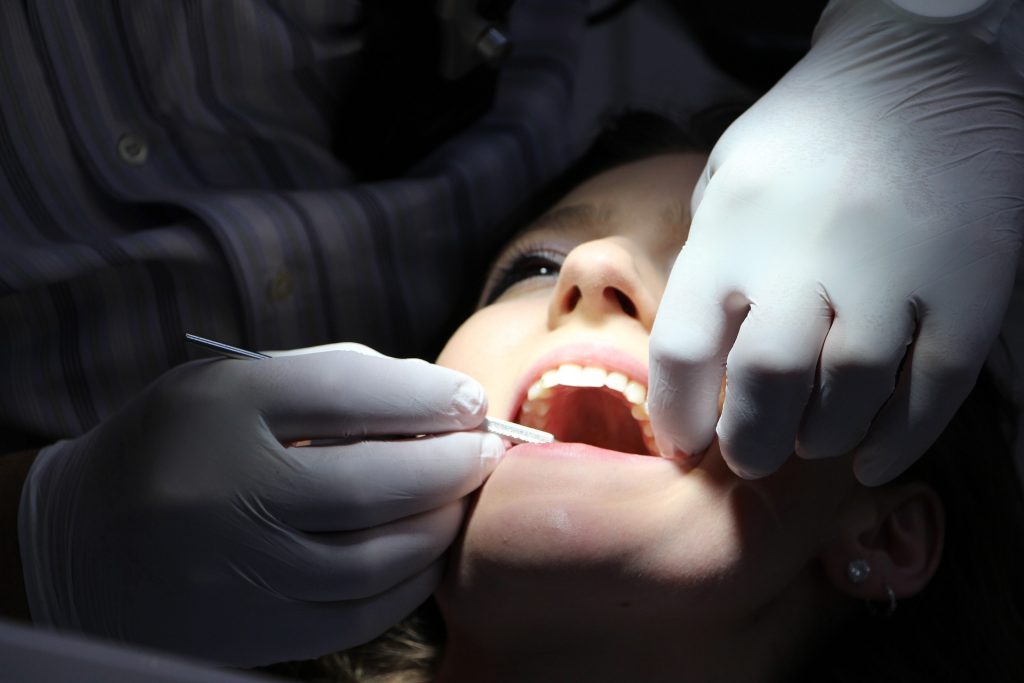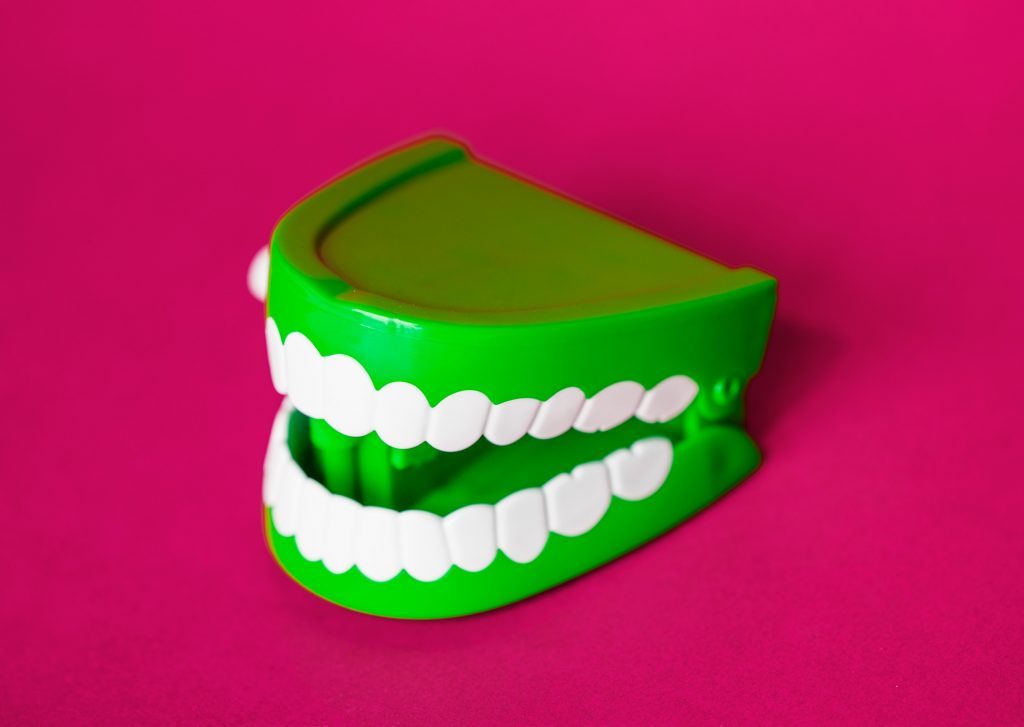False Teeth and How They Came to Be

Dentures are prosthetic devices that act as a replacement of missing teeth in the mouth. They are also what they called false teeth, and they can be made for the lower (mandibular) jaw or the upper (maxillary) jaw. Today’s dentures as we see them have evolved over the years, but originated as far back as 2500 BC! At this time, a set of ancient denture was found Mexico that appears to be made of wolf teeth. Later, around 700BC, Etruscans of Italy tried their own hands at denture fabrication by using gold wires or bands to attach human teeth and animals. The Romans had a similar practice in the 5th century BC as well.[1] Fast-forward to the early 16th century, wooden dentures were widely popular in Japan. They used softened and hardened beeswax and a wide base to adhere the denture properly in the mouth. This practice continued until Japan became exposed to the Western countries in the 19th century. [2]
In the West, different materials were used to create false teeth. Evidence has been found that sculpted pagodite, ivory, or animal horn was used for the teeth instead of wood. Although these materials perish quickly, they remain popular until the 1800s. The first United States President was among denture wearers of the 1700’s; George Washington’s dentures were made out of carved ivory into which human and donkey teeth were placed and held with gold and brass metal wires and springs.[3] This is a far cry from his legendary wooden teeth!
Dentures became popular in England during the 1800s. This has been attributed to the dietary changes at the time, predominantly the addition of sugar in the diet. In 1728, the “Father of Modern Dentistry” Pierre Fauchard made significant improvements in dental prosthesis considering the limitations of this time. He used a metal frame and teeth sculpted from animal bone to create a full set of denture.[4]
In London, Peter de la Roche is noted to be the first of a dental specialist group called “operators for the teeth.” In addition to being specialists of dentistry, they also were silversmiths, goldsmiths, and ivory turners.[5] In 1820, a famous goldsmith named Samuel Stockton began manufacturing high-quality porcelain dentures mounted on 18-carat gold plate.
Dentures Today

According to The National Consumer Health Survey, 41 million Americans used dentures in 2017. This amounts to about 1 in 6 adults who wear dentures. In terms of tooth loss, at least 35 million people in America do not have any teeth, and 90% of them wear dentures.[6] In contrast to the false teeth of the past, dentures today are typically made from various types of resin acrylic or porcelain. This is the most preferred materials because they are stronger, safer and more durable.
Acrylic resin has become the primary choice of material for dentures. According to a study published by the National Institute of Health (NIH), acrylic adheres more securely to the denture base, making it easier to adjust to achieve the correct sealing than harder porcelain teeth. [7]
Presently, advancements like implant retained dentures, all-on-fours, and overdentures are considered to be excellent options for the replacement of missing teeth. These options involve the anchoring of an acrylic resin denture to the jaw using implants.
Dentures have undergone incredible transformations throughout the years. Dentistry is a continually evolving field, as we have seen. Looking ahead, new advancements are always on the horizon!
Are New Dentures Something You Need?
To find out what dentures are right for you, call or make an appointment online today at Energetic Smile. Our experienced professional team will be happy to recommend options that are best for you. Call us today at 714.594.7009, or click here to get more information.
References:
- History of Dentures - Invention of Dentures. Retrieved from http://www.historyofdentistry.net/dentistry-history/history-of-dentures/. (Accessed June 8, 2018)
- Moriyama, N & Hasegawa, M. (1987, April 1) PRIME PubMed - The history of the characteristic Japanese wooden denture. Retrieved from https://www.unboundmedicine.com/medline/citation/3552092/The_history_of_the_characteristic_Japanese_wooden_denture ( Accessed June 8, 2018 )
- Smith, John L. Jr. (2014, November 5). “Drilling Holes in George’s Washington’s Wooden Teeth Myth.” Retrieved from https://allthingsliberty.com/2014/11/drilling-holes-in-george-washingtons-wooden-teeth-myth/ (Accessed June 8, 2018 )
- Maloney, WJ & Maloney, MP. (2009). Pierre Fauchard: the father of modern dentistry. Retrieved from https://www.ncbi.nlm.nih.gov/pubmed/19774867 (Accessed June 8, 2018)
- Woodforde, J. (1968). The Strange Story of False Teeth. London. Routledge & Kegan Paul.
- American College of Prosthodontics. Facts & Figures. Retrieved from https://www.gotoapro.org/facts-figures/ (Accessed June 8, 2018)
- National Institute of Health (NIH). (May 2016) Wear Characteristics of Denture Teeth. Retrieved from https://clinicaltrials.gov/ct2/show/NCT01188226 (Accessed June 8, 2018)
Written by Luisa Nacpil, RN
Reviewed by Dr. Lena DeBaz, DMD
FAQ:
Q: What causes dry mouth?
A: There are several causes of dry mouth. Dry mouth can be caused by many medications, especially medications for high blood pressure or for diabetes. Dry mouth is also linked with aging. If your dry mouth is medication-induced, do not stop taking your medication without consulting with your physician.
Q: Why is my dry mouth worse at night?
A: Nighttime dry mouth is very common, especially among people who breathe out of their mouths when they sleep. In addition, those who use devices for sleep apnea, like a CPAP machine, often experience more severe dry mouth.



